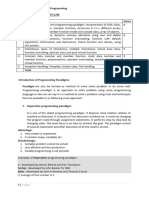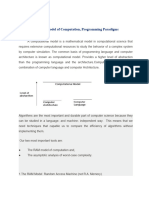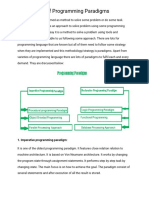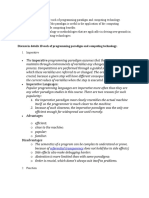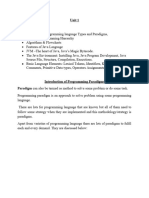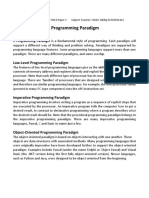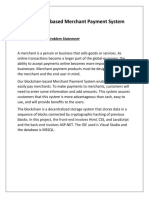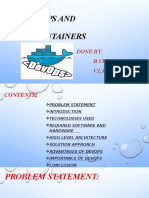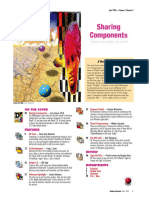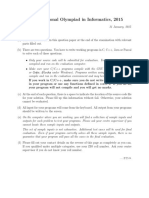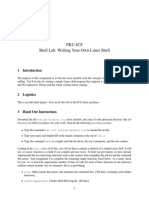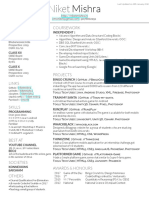0% found this document useful (0 votes)
57 views4 pagesC++ Paradigm
The document discusses various programming paradigms, which are methods for solving problems using programming languages. It covers imperative programming, including procedural and object-oriented approaches, as well as declarative programming, which includes logic, functional, and database paradigms. Each paradigm has its own advantages, disadvantages, and examples of programming languages associated with them.
Uploaded by
aayan01kuCopyright
© © All Rights Reserved
We take content rights seriously. If you suspect this is your content, claim it here.
Available Formats
Download as PDF, TXT or read online on Scribd
0% found this document useful (0 votes)
57 views4 pagesC++ Paradigm
The document discusses various programming paradigms, which are methods for solving problems using programming languages. It covers imperative programming, including procedural and object-oriented approaches, as well as declarative programming, which includes logic, functional, and database paradigms. Each paradigm has its own advantages, disadvantages, and examples of programming languages associated with them.
Uploaded by
aayan01kuCopyright
© © All Rights Reserved
We take content rights seriously. If you suspect this is your content, claim it here.
Available Formats
Download as PDF, TXT or read online on Scribd
/ 4













